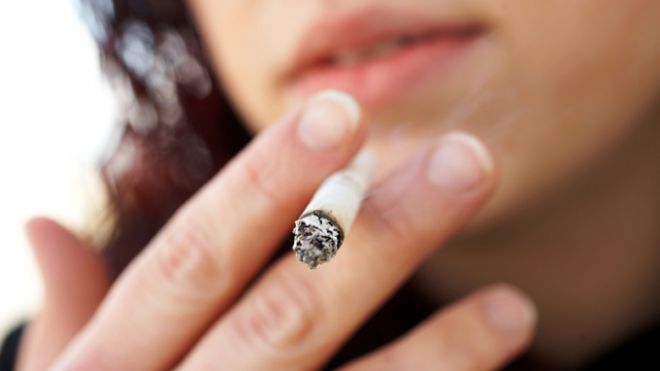Quit-smoking treatments safe, effective, review says
Popular smoking cessation treatments - such as nicotine replacements and antidepressants - improve people's chances of kicking the habit without much risk, according to a review of past research. “It seems very clear that medications can help. They're not the magic bullet but you do improve your chances of quitting - generally - if you try them. And as far as we can tell, they're safe to use,” said Kate Cahill, who led the study. Several reviews have looked at the effectiveness of smoking cessation treatments, but the researchers wanted to put those results into a single large review to help people who want to use medical treatments to stop smoking, Cahill, a senior researcher for the Cochrane Tobacco Addiction Group at the University of Oxford, UK, said. About one fifth of the U.S. and UK populations are current smokers, according to the researchers. Previous studies have found between 70 percent and 75 percent want to quit, but only about 3 percent accomplish that every year. For the new study, the researchers pulled data from 12 reviews published by the Cochrane Collaboration, an international research organization that evaluates medical evidence. Those analyses, which were conducted between 2008 and 2012, included data from 267 studies of more than 101,000 smokers. The studies typically compared smokers trying to quit without the help of a smoking cessation treatment to smokers using nicotine replacement therapies, such as nicotine gum and patches, or prescription drugs. The medications include varenicline (marketed by Pfizer as Chantix or Champix) and bupropion (marketed by GlaxoSmithKline as Zyban or Wellbutrin, but available as a generic). The researchers found that the nicotine replacement therapies and the antidepressant bupropion led about eighteen people to successfully give up smoking for every 10 people who quit without treatments. Varenicline performed even better and led to about 28 people quitting for every 10 who did so without medication. What's more, Cahill and her colleagues found that lesser-known smoking cessation treatments were also effective. Those include the antidepressant nortriptyline and cytisine, a plant-derived supplement available in Eastern Europe. All of the treatments also appeared to be reasonably safe, according to the researchers who published their results on Thursday in The Cochrane Library. Previous reports have found that about 1 in every 1,000 people taking bupropion has a seizure, but the researchers found a lower rate of 1 in 1,500. Also, despite conflicting reports over the safety of varenicline, the researchers didn't find evidence that the drug increased the risk of neuropsychiatric or heart problems. Judith Prochaska, who researches tobacco treatment but was not involved in the new study, said not all smokers will use smoking cessation tools but it's important for them to know they're available. Nicotine replacement therapy is available over the counter in the U.S. and varenicline and bupropion are available with a prescription for about $4 per day - less than a pack of cigarettes, said Prochaska, associate professor of medicine at the Stanford Prevention Research Center in California. “They have been shown to pretty much double the likelihood that somebody will quit,” she added. Cahill cautioned, however, that smoking cessation tools won't work for everyone, but “they certainly help some people.”source : http://www.foxnews.com/health/2013/05/31/quit-smoking-treatments-safe-effective-review-says/




